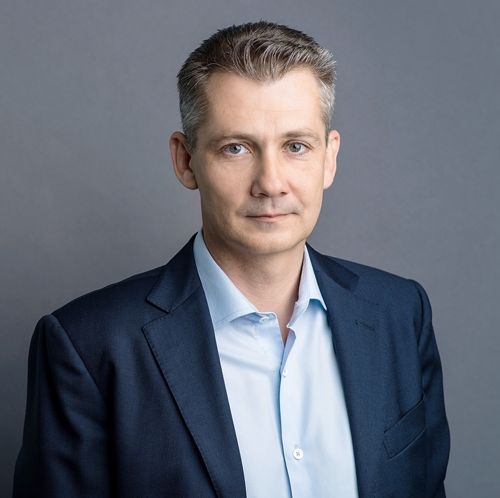On the look-out for opportunities
CEE Region
‘Eurobuild Central & Eastern Europe’: With the Central and Eastern European property markets booming, how long does TriGranit expect the current stability to last? Can you personally see anything that could impact on our prosperity in 2018?
Árpád Török, CEO, TriGranit: The recent positive macroeconomic indicators show that the CEE countries are the fastest growing region in Europe, which will definitely continue throughout the whole of 2018. At the same time, in Poland, the Sunday trading ban came into force on March 1st and the country is to be reclassified from an emerging market to a developed market from September 2018, while in Hungary general elections are to be held. It will be an interesting and busy 2018 for sure!
Where will TriGranit be focusing in the region this year?
TriGranit has secured an office pipeline of over 140,000 sqm gla in four cities, which means that 2018 could be the most active year in the company’s history. On top of our operating portfolio of around 90,000 sqm gla office space, we will start construction work on a further 80,000 sqm gla in 2018, which is to be followed by further office developments in the region. We hope, that over a two-three year period, we can double our operating office portfolio. To mention a few specific developments, we are constructing Building H, which is the next phase of Bonarka for Business in Kraków. Work began in October and the building could be occupied by Q2 2019. Buildings I and J are already in the pipeline. In Hungary, we are to launch construction work in Q2 2018 on Millennium Gardens with 37,300 sqm gla, in the Millennium City Center on the banks of the Danube in Budapest, at the same time as the construction of Lakeside Park II in Bratislava, an eleven-floor building with 13,000 sqm gla. And it’s highly possible that construction work on Silesia Towers in Katowice could begin in H1 2019, adding a total 40,000 sqm gla to the city’s office market. These are our four projects but apart from them, we are monitoring several investment opportunities in the region, mainly in the office and retail sectors.
Apart from office and retail, are there any other sectors that might be interesting for TriGranit?
In Hungary, student housing is another sector where the country has plenty of opportunities: there is only one student house in operation at the moment, but the demand is definitely there. Similarly, Poland’s secondary cities show immense potential for student housing. We hope to launch several student and micro-living housing development projects in the near future. The demand is such that in three to five years’ time institutional capital will come looking for opportunities in this sector.
Apart from your core markets of Poland, Hungary and Slovakia, which countries are you looking for development and investment opportunities in?
With the appearance of core investors, yields have fallen below pre-crisis levels and the Central European markets of Poland, the Czech Republic and Hungary have become so expensive that, if you are looking for value-add investment opportunities, you need to look into the SEE region. And that’s, what we are doing. We are carefully looking at Romania and Bulgaria for both development and investment purposes. In Serbia we are open to development opportunities, but I don’t see the country as an investment destination for TriGranit.






















































